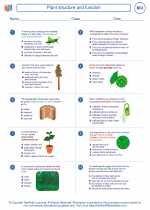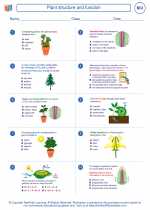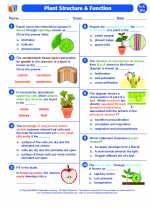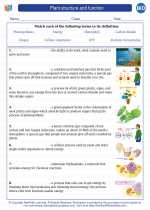Comets
A comet is a small celestial body that orbits the Sun and releases gas or dust. Comets are often referred to as "dirty snowballs" because they are made up of ice, dust, and rocky particles. When a comet comes close to the Sun, the ice on its surface heats up and turns into gas, creating a glowing coma (a hazy cloud around the comet's nucleus) and a tail that points away from the Sun.
Structure of Comets
Comets are composed of several distinct parts:
- Nucleus: The solid, central part of a comet made of ice, dust, and rocky particles.
- Coma: The bright, glowing cloud of gas and dust that surrounds the nucleus when the comet is close to the Sun.
- Tail: The long, luminous stream of gas and dust that extends away from the Sun, formed as a result of solar wind and radiation pressure.
Orbit and Formation
Comets have highly elliptical orbits, which means they can spend most of their time in the distant reaches of the solar system before swinging in close to the Sun. Some comets come from a region of the solar system called the Oort Cloud, while others originate from the Kuiper Belt. These icy bodies are thought to be remnants from the early solar system and are believed to contain valuable information about its formation.
Study Guide
To better understand comets, consider the following study guide:
- Describe the composition of a comet's nucleus and its behavior as it approaches the Sun.
- Explain the formation and structure of a comet's tail.
- Compare and contrast the origins and orbits of comets from the Oort Cloud and the Kuiper Belt.
- Discuss the significance of studying comets in relation to our understanding of the early solar system.
- Research a famous comet in history and its impact on human culture and scientific knowledge.
By exploring these topics, you can gain a comprehensive understanding of comets and their importance in the study of astronomy and the history of our solar system.
.◂Biology Worksheets and Study Guides High School. Plant structure and function

 Worksheet/Answer key
Worksheet/Answer key
 Worksheet/Answer key
Worksheet/Answer key
 Worksheet/Answer key
Worksheet/Answer key
 Vocabulary/Answer key
Vocabulary/Answer key
 Vocabulary/Answer key
Vocabulary/Answer key
